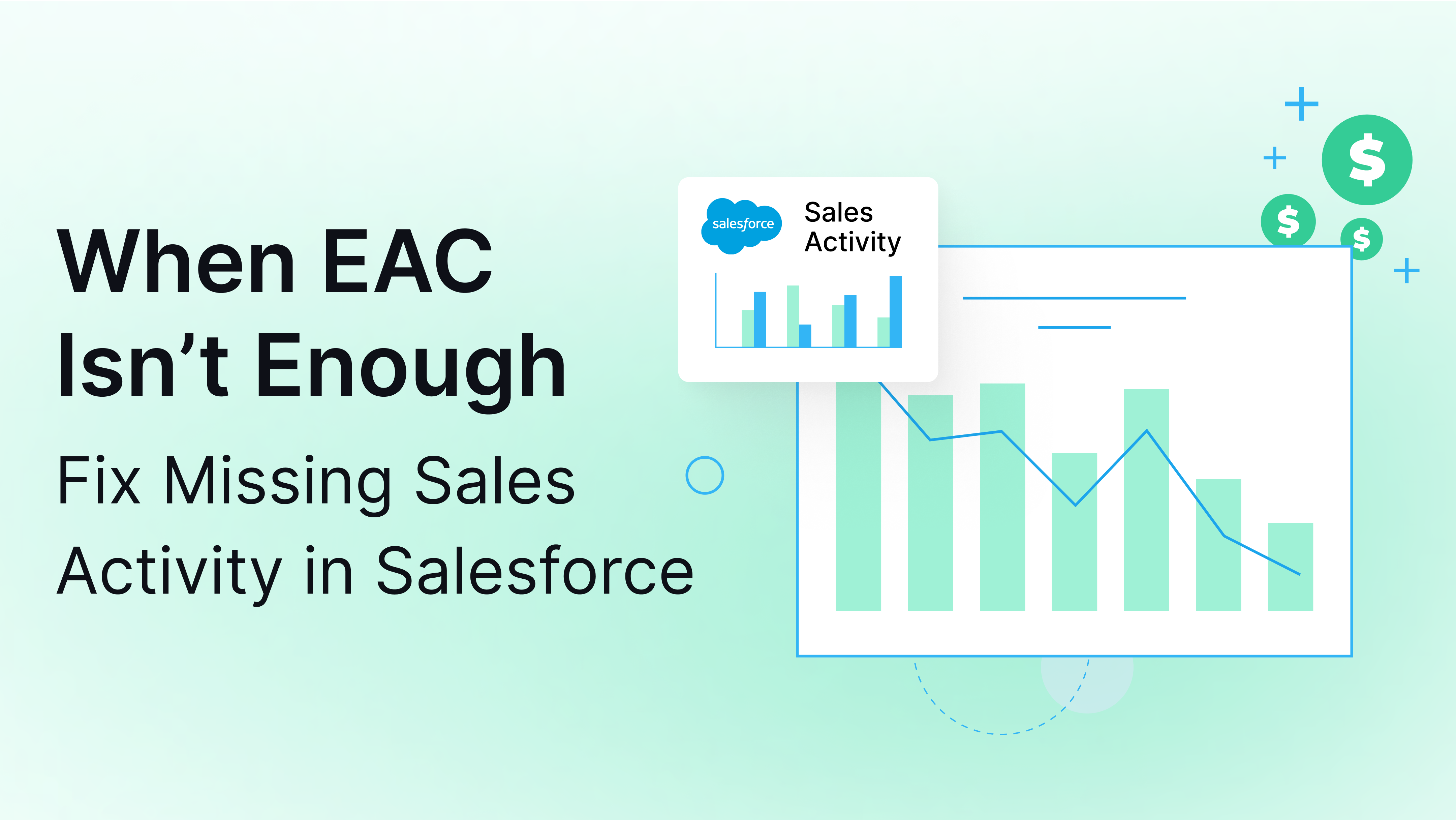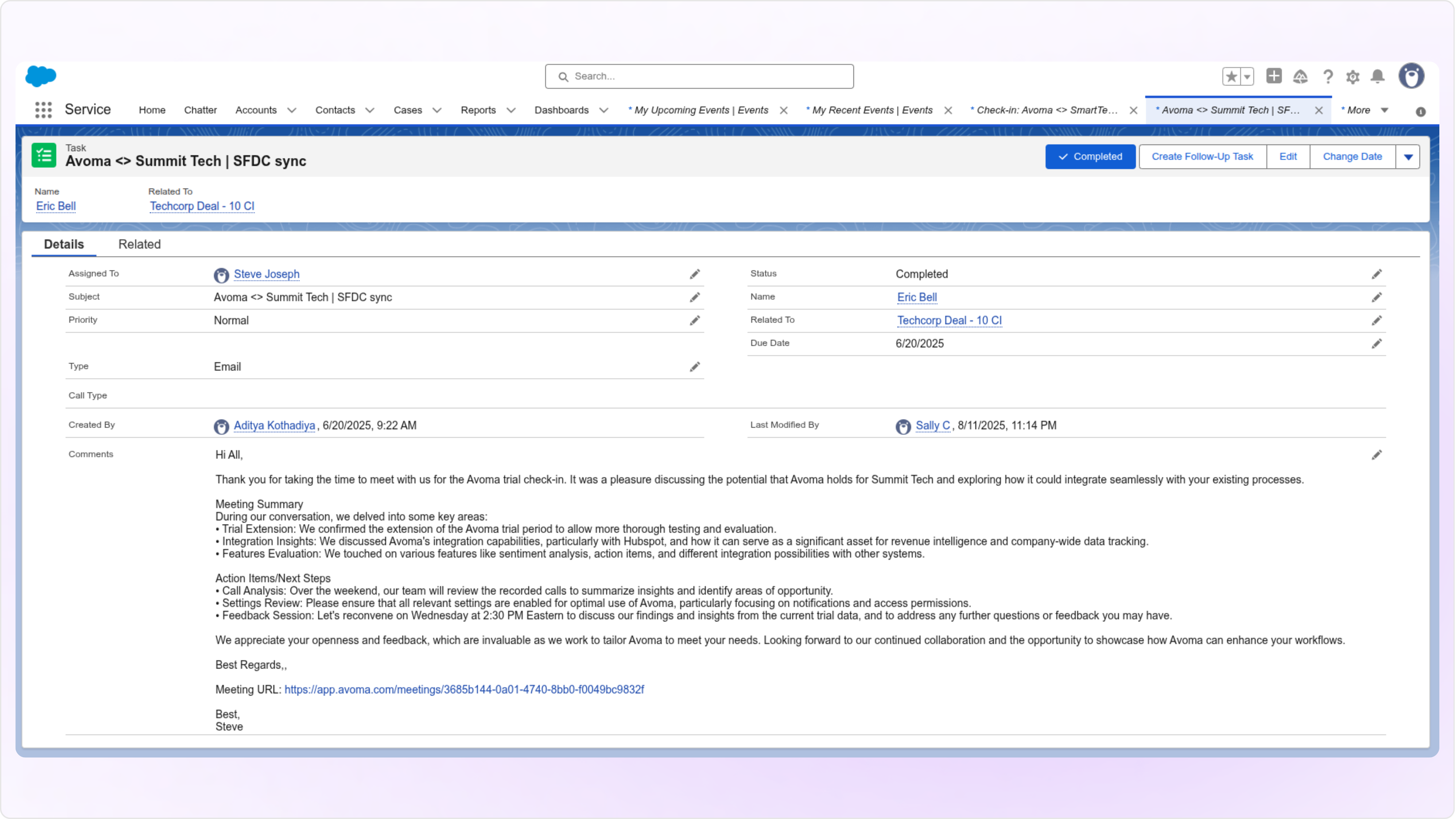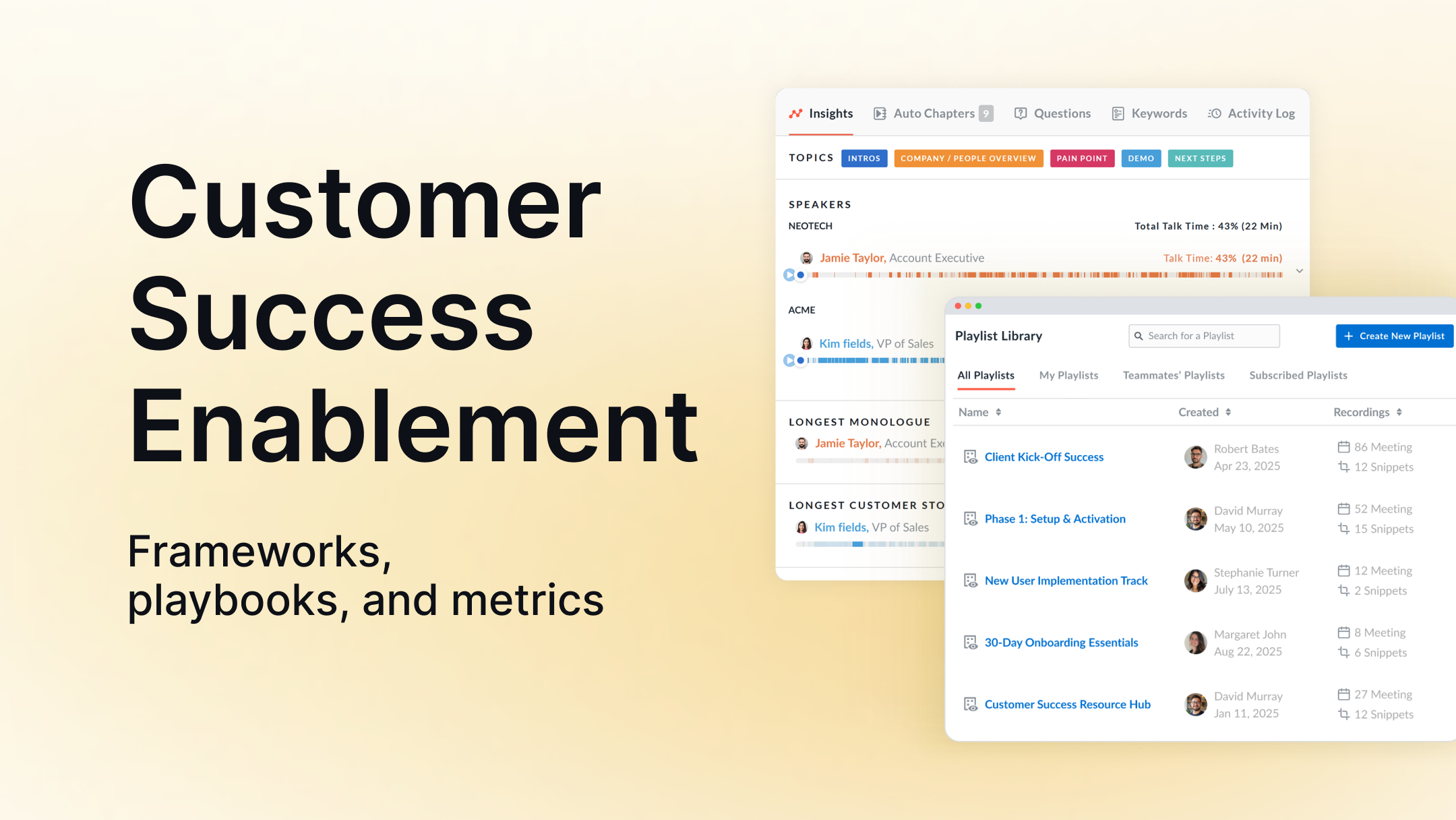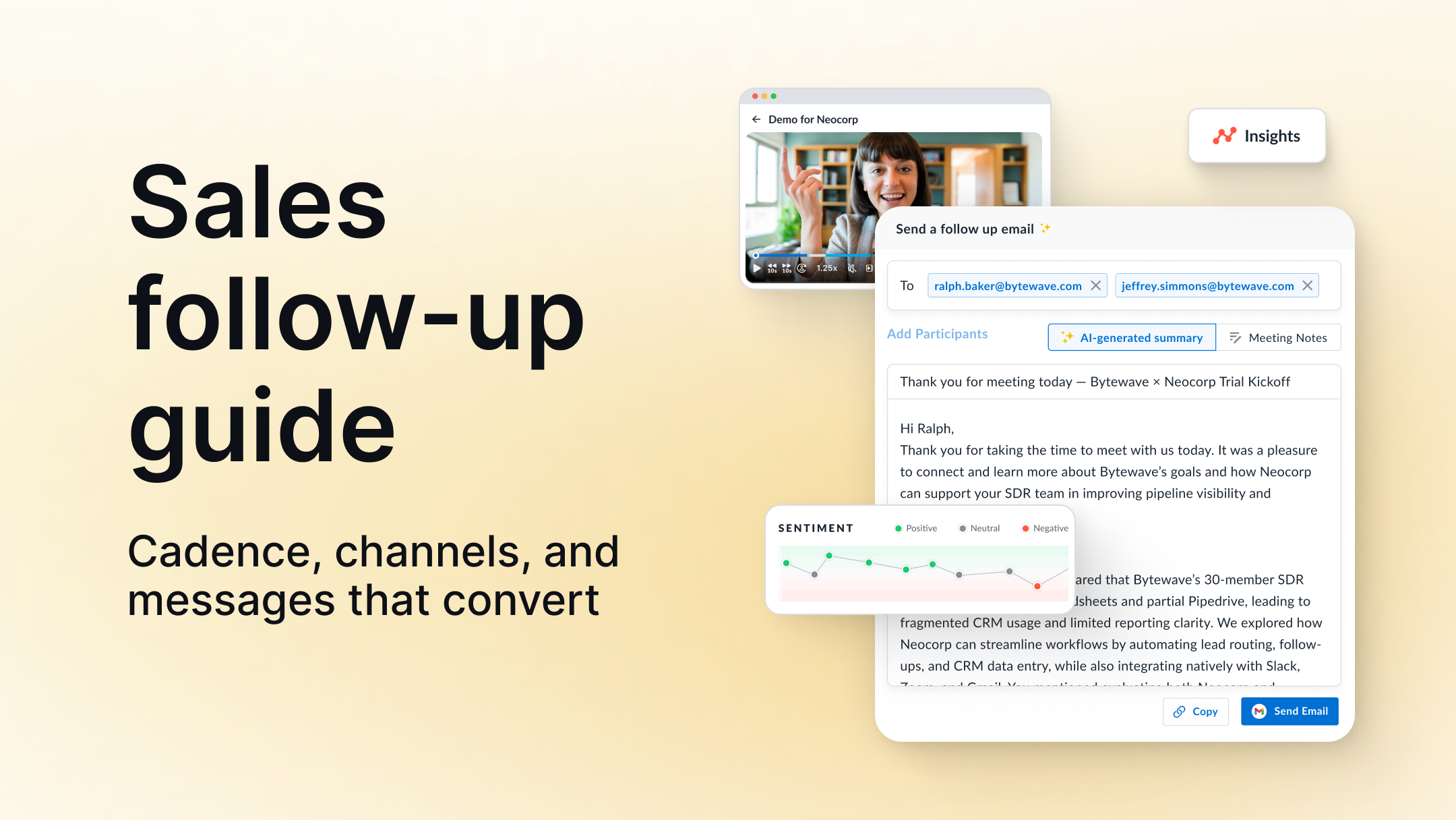When Einstein Activity Capture isn’t enough: Why your Salesforce reports are missing sales activity (and how to fix it)
Table of Contents:

Missing email activity in Salesforce reports.
No way to pull sales conversations into Tableau.
Dashboards showing half the picture.
Automation rules that never trigger because the data "isn’t there."
We kept hearing it from prospects. Then from customers. At first, it sounded like isolated Salesforce quirks. But the more discovery calls we ran, the clearer the pattern became: Einstein Activity Capture was the common thread. Teams thought they had visibility. In reality, they were staring at a mirage.
.png)
Here’s the kicker: until recently, EAC didn’t store captured emails in Salesforce at all. They lived in Einstein’s separate cloud, outside your CRM database. You could see them in a record, but they didn’t exist for reports, Tableau, automation, or APIs.
Salesforce’s Summer '25 release changed that, at least for new orgs. The new Sync Email as Salesforce Activity setting can write captured emails into Task and EmailMessage records, making them reportable.
But it doesn’t fix historical data for older orgs without special setup, it only covers email activity (not calendar events), and it forces a migration before legacy EAC reports retire in Summer '26.
So yes, the update is progress. But for most RevOps, sales ops, and quota‑carrying teams, it still leaves a reporting blind spot big enough to tank forecast accuracy, hide real pipeline effort, and turn coaching into guesswork.
That’s why we wrote this article to unpack what’s going on and what you can do about it.
The real‑world scenario: "I can see the emails, but I can't report on them"
It usually starts the same way.
A RevOps leader opens Salesforce, clicks into an account, and feels reassured, there they are. All the rep’s recent emails and meetings, neatly displayed thanks to EAC.
Then they try to build a report.
Or filter a dashboard.
Or check in Tableau.
The activity data is nowhere to be found. The emails they just saw in the record don’t exist in the reporting layer. It’s as if those customer conversations never happened.
One prospect put it bluntly:
I can see the emails, but I can’t report on them. My CRO keeps asking for activity‑to‑revenue correlation, and I have nothing.
Now, Salesforce’s Summer '25 release changes this for new EAC setups, at least for email activity. If you turn on EAC today, those captured emails are stored as Salesforce records and can be reported on.
But for anyone who’s been using EAC for years, the problem still exists until you manually enable the new sync and (if needed) migrate historical data. And even then, calendar events and other activity types remain specific.
That’s why so many teams, especially long‑time Salesforce customers, still hit the same invisible wall: activity data that’s visible to humans but invisible to the systems that need it.
What Einstein Activity Capture does (and doesn't do)
Einstein Activity Capture’s promise is simple: automatically log emails and calendar events from Outlook or Gmail into Salesforce. On the surface, it works. Open a record and you’ll see a feed of customer communications.
The catch? EAC isn’t writing that data into Salesforce as structured CRM records. It stores it in Salesforce's "Einstein" cloud, separate from your database. What you see is a reflection, not an actual record.
As one RevOps leader told us, Salesforce’s old Outlook plug‑in stored data in Salesforce, but it has been sunset with no equivalent replacement. Promised fixes have slipped from month to month. Their frustration:
My product team has spoken with Salesforce’s product team, and they’ve been clear: this is a current product gap. They first promised a fix by June 15, then early July, then late July. At this point, I have little confidence it will be resolved on time.
This is the core limitation: Salesforce reporting, Tableau, Flows, and automation only work with actual CRM records.
Without proper sales activity tracking in the CRM, downstream workflows lose visibility and that’s the number one issue at the moment.
Think of it like a security camera feed: you can watch live footage, but if you didn’t hit "record," there's nothing to analyze later.
Even with the Summer '25 "sync email as activity" update, records aren’t created retroactively, setup is manual for older orgs, and gaps still remain. Salesforce’s update changes some of this for new orgs, but not enough to close the reporting gap.
In short: EAC gives you visibility. It doesn’t give you ownership.
Why this breaks Salesforce reporting, automation, and coaching
When your activity data lives outside Salesforce records, it quietly breaks critical workflows:
- Reporting blind spots – Pipeline coverage, activity‑to‑opportunity ratios, and rep productivity metrics are incomplete. Dashboards guess instead of measure.
- Broken automation – Flows can’t trigger follow‑ups, lead scoring ignores engagement, renewal workflows never fire.
- Coaching gaps – Managers can’t tie effort to outcomes or identify winning behaviors. Conversation intelligence tools have no data to connect to.
- Misleading leadership views – Execs make calls on partial information, assuming activity isn’t happening when it is.
Didn't Salesforce fix this in Summer '25?
Partially, with caveats.
The new Sync Email as Salesforce Activity setting moves email data from Einstein's cloud into native Task and EmailMessage records. That makes it usable in reports, automation, SOQL, and APIs. No more reliance on old Activity 360 reporting.
But…
- No retroactive sync – Older orgs keep historical data stuck in Einstein unless they work with Salesforce Support. Even then, only six months of past email can be migrated.
- Manual enablement – Older orgs must contact Support or wait for a future self‑service migration option.
- Email‑only coverage – Calendar events and other activity types still behave differently.
- Legacy report retirement – By Summer '26, Activity 360 Reporting, Activity Metrics, and Activities Dashboard go away entirely.
- Shifting timelines – Customers report repeated delays on promised fixes.
Progress? Yes. Complete solution? No.
How to bridge the gap: What Einstein Activity Capture doesn't do, Avoma does
EAC gives the appearance of logged activity, but not the usable, owned data you need.
Avoma closes that gap by capturing every customer interaction and using its conversation intelligence to write it into Salesforce as structured CRM data, ready for reporting, automation, and sharper coaching insights.
Here’s how:
- Complete activity capture – Automatically logs meetings, calls and email activity to the right Lead, Contact, Account, and Opportunity, even if the event didn't happen (meeting or call wasn't recorded or happened offline).
- Salesforce event activity sync – Avoma pushes meeting purpose, outcome, calendar description, notes, attendees, and conference links into Salesforce Event records. This ensures a rich and reportable meeting trail inside CRM.
.png)
- Activity storage location – Meetings and calls are pushed to Salesforce Event records. Emails are stored in Task records.
- Email sync – Gmail or Outlook integration logs inbound and outbound emails instantly, with admin‑level provisioning for control.

- Activity ownership and reporting – Each event is attributed to the correct owner (based on email address matching) in Salesforce, so you can easily filter reports by user and accurately track rep-level activity without manual effort.
- Association with core Salesforce objects – Avoma automatically associates each meeting or email with the correct Lead, Contact, Account, and Opportunity, ensuring the activity is always available in Salesforce reports.
.png)
.png)
.png)
- Multi-Contact Association – If your Salesforce org has enabled the setting to associate multiple contacts with Event or Task records, Avoma also identifes and attaches all relevant meeting participants and email recipients.
- Duplicate-safe sync – When only Avoma is connected to the calendar (e.g. Google Calendar), no duplicate events occur. But if Salesforce is also directly connected to the calendar, duplicates may be created due to Salesforce's event search limitations.
- Historical sync support – Avoma supports historical email sync (on request).
For more details, check out our help article to learn exactly how Avoma syncs data to Salesforce.
EAC Summer '25 vs. Avoma: What you get
What to do next: Fix your activity data blind spot
Running on EAC alone means you’re operating on a partial picture. Your team is doing the work, but the data you need to prove it and act on it isn’t there.
Summer '25 helps some orgs, but historical gaps, limited coverage, and migration hurdles remain. Waiting for Salesforce’s roadmap means more quarters of blind reporting, inaccurate forecasts, and guess‑based coaching.
You don’t have to wait.
Avoma automatically captures activity in Salesforce at the contact, account, and opportunity level, giving you complete ownership of your sales data for accurate reporting, forecasting, automation, and coaching.
Our experts have been working closely with leading enterprises to bridge the EAC gap. See what’s possible with Avoma. Schedule a live demo.
Frequently Asked Questions






What's stopping you from turning every conversation into actionable insights?









